Whilst installing a new sewage system in the center of Wijtschate (municipality of Heuvelland), workmen stumbled upon a WWI bunker. All works were temporarily suspended, to give the archaeologists the opportunity to excavate the site. But the subsoil yielded even more surprises: remains of an underground system of wood lined tunnels. In these tunnels, German soldiers would take cover during attacks on the village. “All parties involved (Aquafin, Flanders Heritage Agency, the contractor, the council and the archaeologists) are now working together to make sure that the site is excavated in the most time efficient way, to limit any inconveniences to the local residents”, says Flemish Minister for Immovable Heritage Matthias Diependaele.
The first results of the archaeological excavation in the Hopicestraat are quite extraordinary: in five different locations in the street, remains were found of wood lined tunnels, all leading to a so called ‘dug-out’, a large, subterranean accommodation for the soldiers. Several smaller wood lined shelters were also discovered. These produced some beautiful finds, such as a perfectly preserved stretcher, parts of a narrow-gauge railroad and a wooden cartwheel.
Broad collaboration
Contractor Cnockaert from Wervik is renovating the sewage system in the center of Wijtschate, commissioned by Aquafin nv and the local council of Heuvelland. Because the workmen kept finding remains dating from WWI, it was decided to suspend the works and conduct a proper archaeological excavation first. The excavation is conducted by the Flanders Heritage Agency, together with specialised archaeologists of several commercial companies (Ruben Willaert nv, Monument Vandekerckhove nv, Acke & Bracke nv), and with the support of the local intermunicipal heritage service CO
7. Archaeology students from the Ghent University are also making a valuable contribution.
In the next few weeks, all WWI remains will be excavated, cleaned and registered. After that, the sewage works can continue safely and without any further delay.
Wijtschate during WWI
Flemish Minister for Immovable Heritage Matthias Diependaele: “Wijtschate played an important role during WWI, due to its strategic position on a hilltop near Ypres. After heavy fighting in the autumn of 1914, German troops were able to occupy the village. In the following years, they transformed the village and the hilltop into an impenetrable military stronghold. Only in June 1917, after the detonation of a series of immensely powerful deep mines, did the allied forces manage to reconquer the village.”
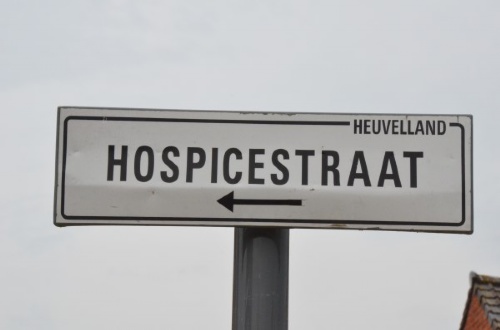
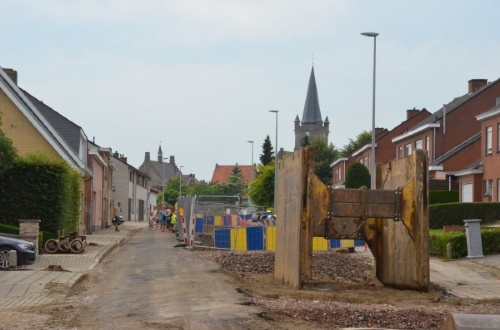
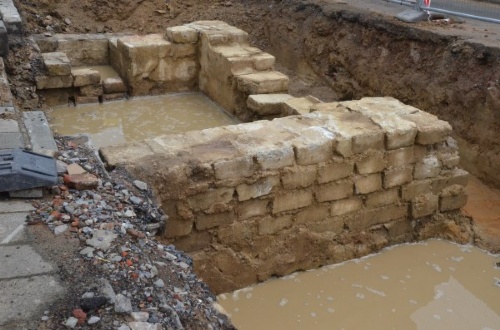
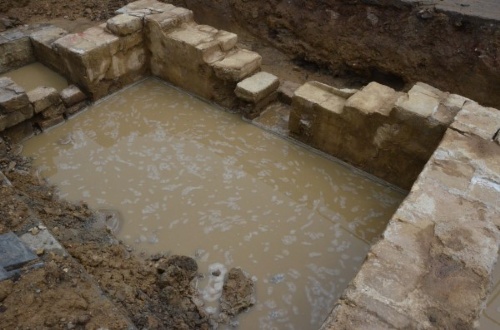
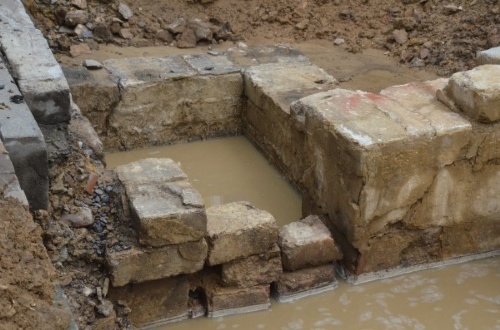
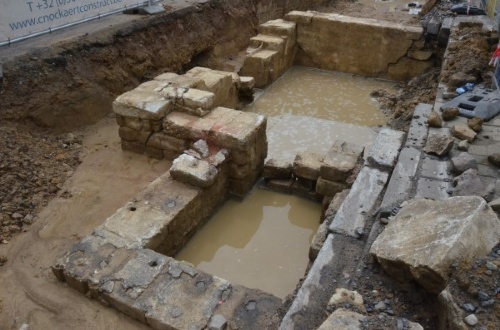
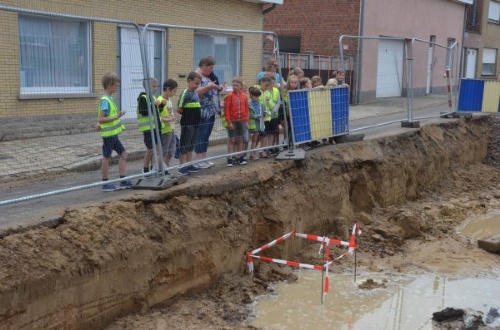
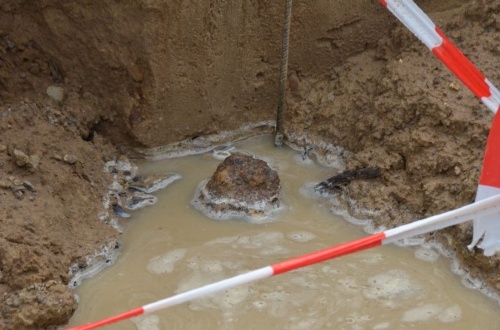
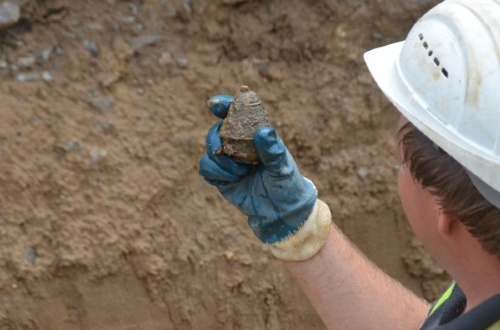
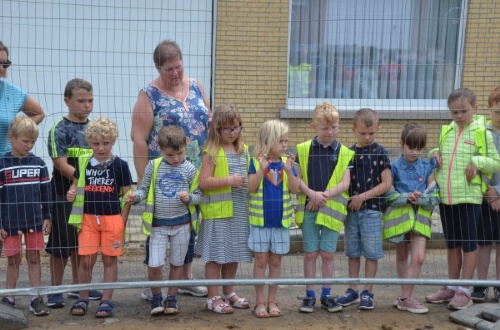
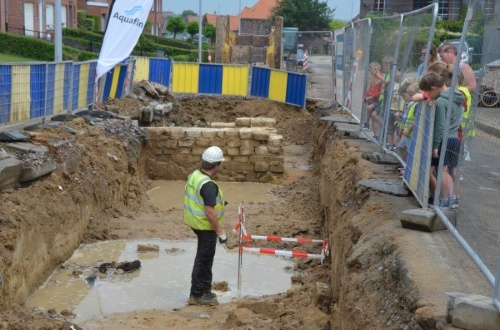
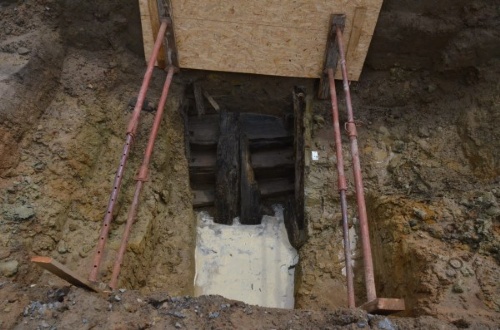
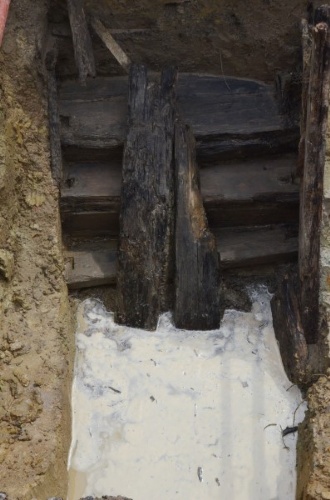
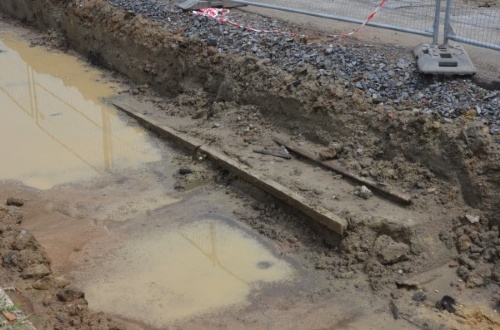
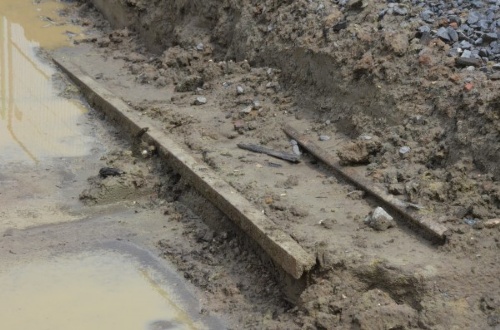

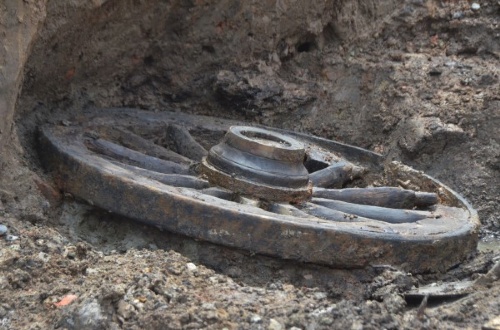
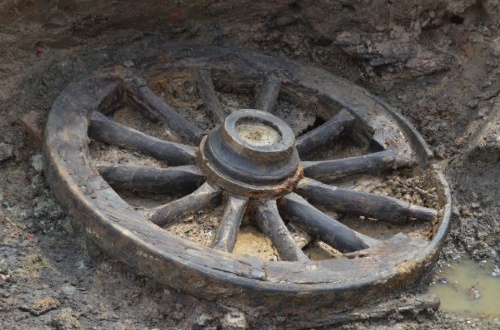
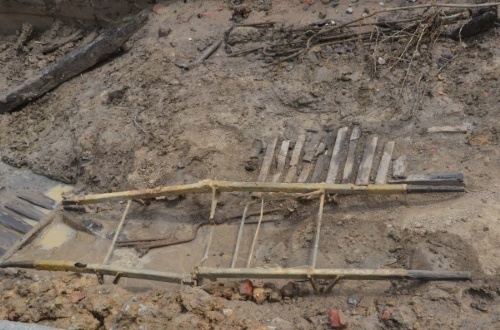
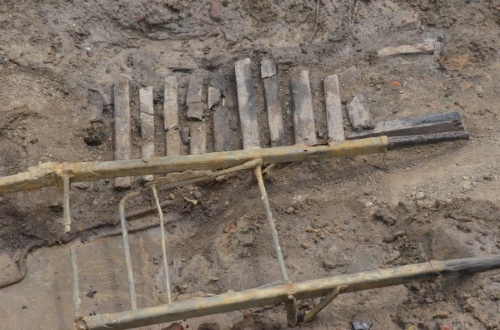
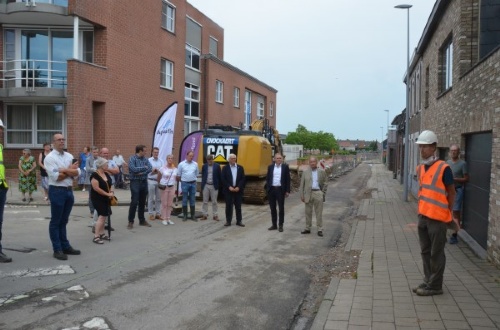

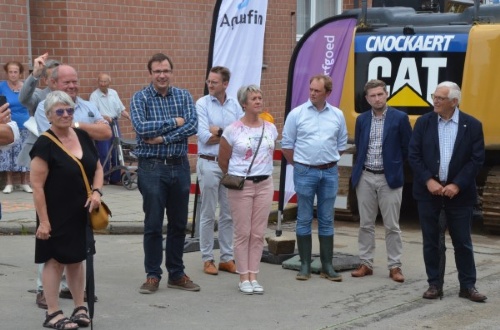


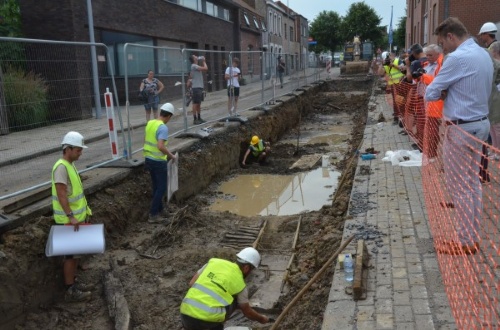
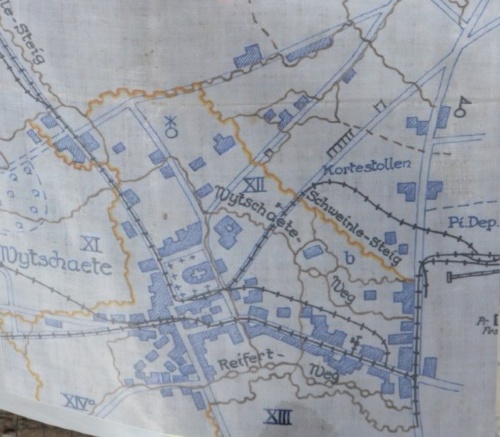
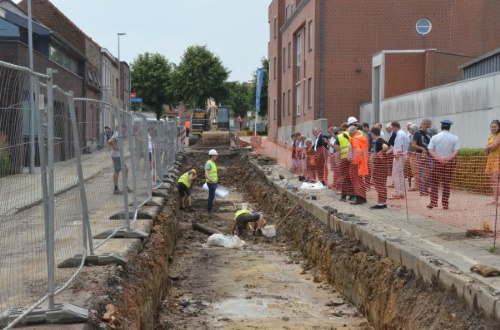
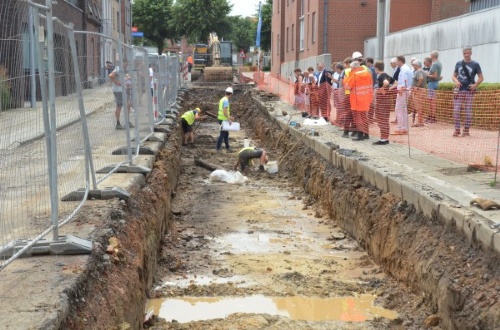
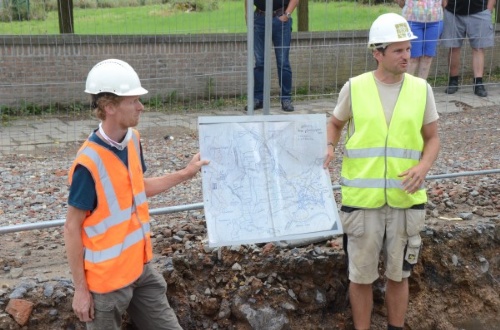
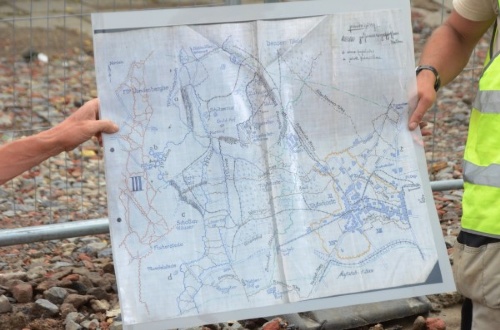
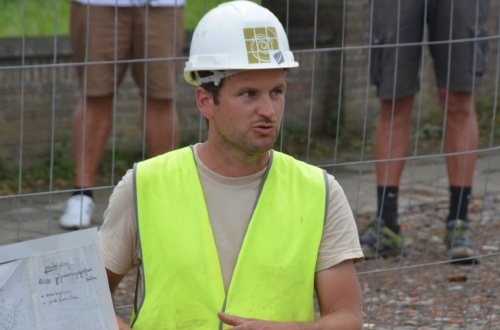
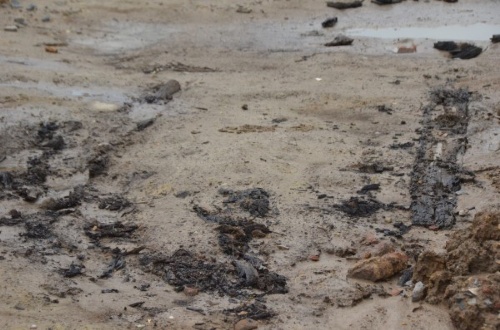
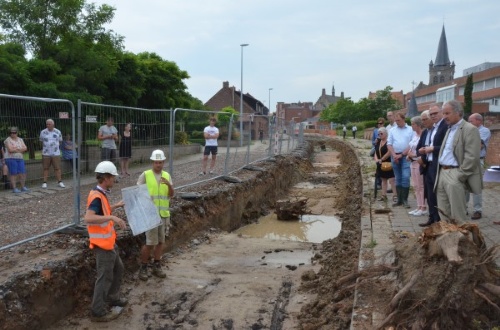
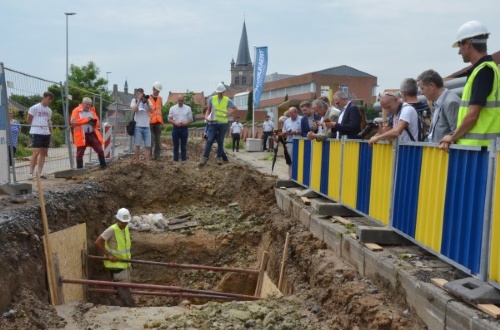
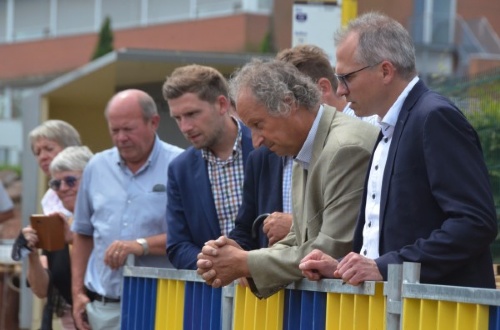
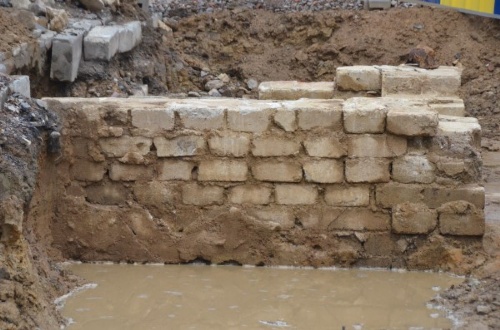

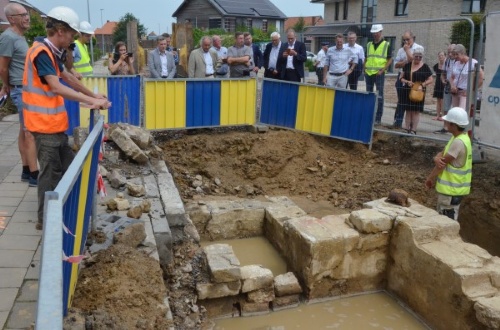
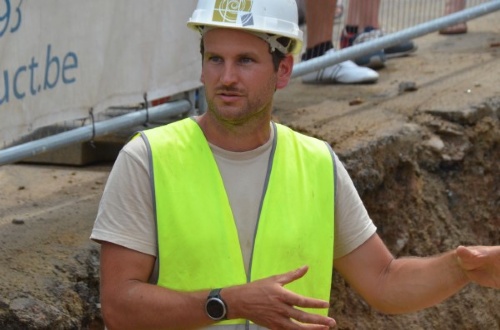
Page made by Onroerend Erfgoed / Foto's bezoek: WO1.be / Greatwar.be.